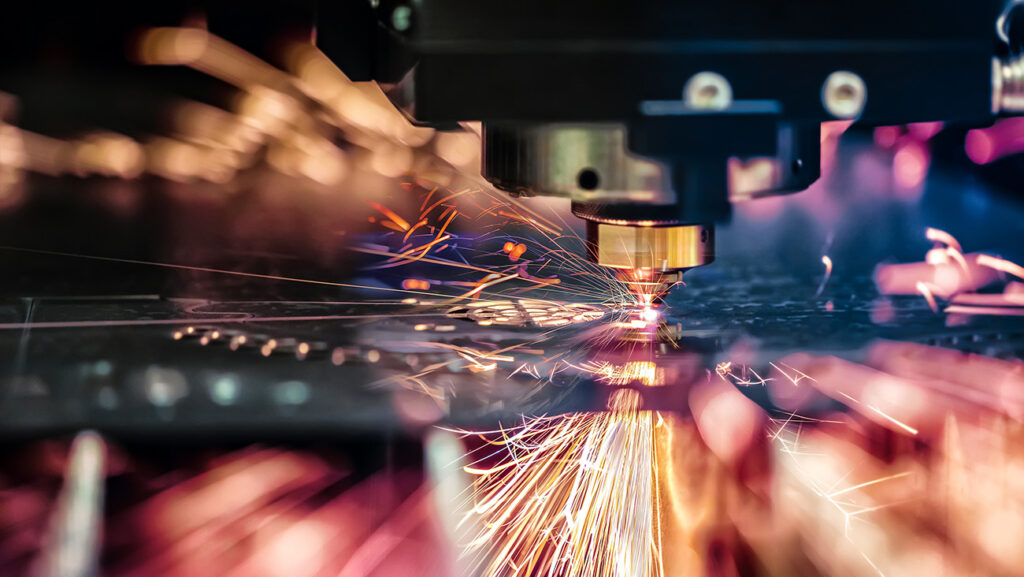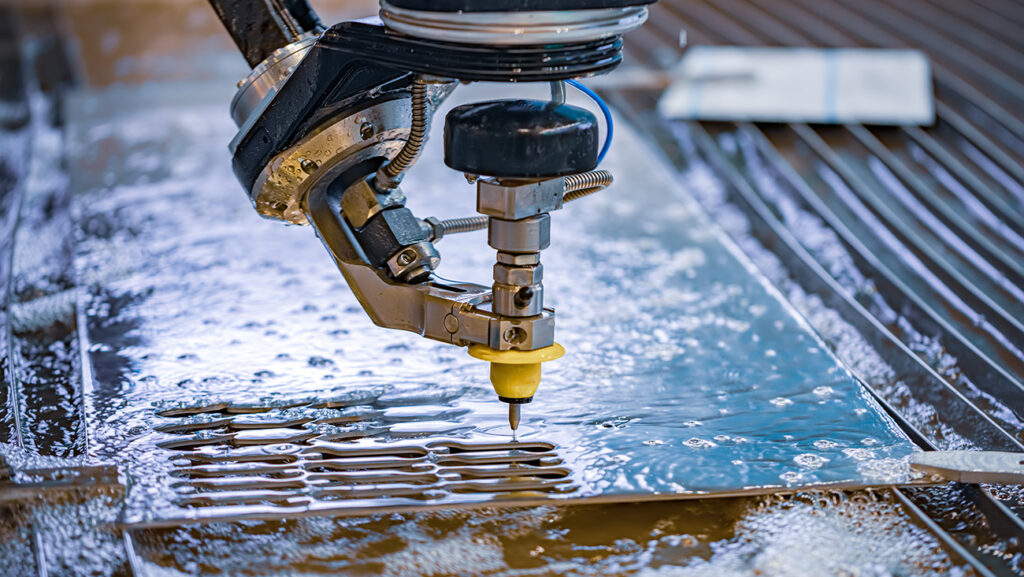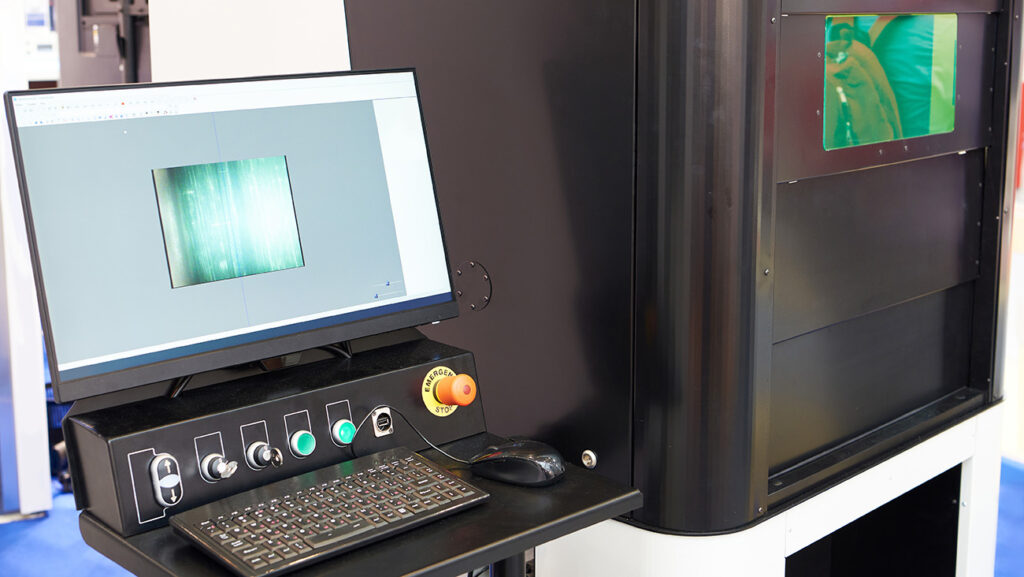Should You Buy Your Own Laser?
Posted on April 1, 2017 in Blogs

When you see BYOB on a party invitation, you know what your host wants you to do. And when you have a BYOD policy at work, you know your boss wants you to bring your own device (smartphone or laptop) to the office. Both BYOB and BYOD are very popular. So what about BYOL? Is buying your own laser a good idea too?
For most manufacturers, probably not, and here’s why:
BYOL Carries Costs and Risks
An industrial laser is an expensive piece of equipment that requires special training, not just to operate the equipment itself but also to avoid making expensive mistakes in your manufacturing process. The cost of an entry-level industrial laser is $40,000 to $50,000 while a high-end machine can cost $250,000 or more. And the direct equipment related costs don’t stop there. You may also need special software — like nesting software that allows you to laser multiple parts on a single sheet of materials (which costs less per unit than handling each part individually). Of course, if you nest, you also need to singulate (i.e., separate the single components from the sheet). That also calls for special software (and hardware too!).
Then there’s the machine’s footprint to consider, i.e., the amount of extra floor space the machine occupies, as well as the machine’s operating expense. These machines can use a lot of electricity and can incur significant costs for preventive maintenance or repair if not maintained. For many manufacturers all these costs may seem excessive for a process that often only accounts for about two seconds worth of a part’s total manufacturing time.
Special Training Required
In addition to the direct costs of simply owning the equipment are the direct labor costs of using it. Lasers call for special skills, for which the business will have to pay either by buying the skills outright or by training workers (and enduring a potentially expensive and painful learning curve). Other people-related costs include extra insurance plus the cost of satisfying additional health and safety regulations; for example, the special protective glasses operators wear when working with a laser. Those cost $400 to $500 apiece.
Again, as with direct equipment costs, these direct labor costs are likely to be disproportionate to either the part’s overall manufacturing cost or its selling price unless the manufacturer can scale the costs over large volumes of parts requiring a laser. If they can’t then that probably also means that they are unlikely to have expert laser operators on staff — which leads to the biggest BYOL expense of all:
What Really Hurts: Subpar Manufacturing
It’s one thing to pay for equipment and special skills that are underutilized. It’s another to pay for products you can’t sell, or can’t sell at margins that could be higher. That’s where the heaviest BYOL costs are likely to be — in a subpar manufacturing process.
One factor that can cause a manufacturing process to be subpar is the use of lower-end lasers. These lasers are less expensive but also offer fewer features and are less versatile. That may mean you can’t use the machines for every product that calls for a laser (or for every process step that calls for a laser) — so workflows are less efficient. Even if you can use the laser for different jobs, setup times going from one job to the next may be long, creating bottlenecks. Another cause of bottlenecks could be simply the fact that lower-end machines are slower or that there are too few of them to meet demand peaks.
The second — and likely more significant — contributor to subpar manufacturing is operator inexperience. Worse than inefficiency, operator inexperience can lead to materials waste and even the outright trashing of “finished” products due to defects. Take the nesting/singulation example cited earlier. Inexperienced operators might not even be aware they can nest, let alone know how — greatly increasing per unit costs, slowing down workflows, and increasing the risk of production line mishaps.
Another example is getting the sequence of process steps wrong. An inexperienced operator is more likely to apply the laser step after a coating has been applied that inhibits laser marking — such as a glaze or electroplating. Alternatively, they might apply the laser before a coating that removes laser marking — such as a citric passivation used to clean medical devices. There are many other examples that could be cited as well.
So, Is BYOL Right for You?
Of course, every shop is different. If you have the scale and your operators have the skills, then owning your own laser may be the right move. For most manufacturers, however, outsourcing to a laser service partner with decades of optimized laser experience under its belt will be the least expensive and lowest risk way to go.



